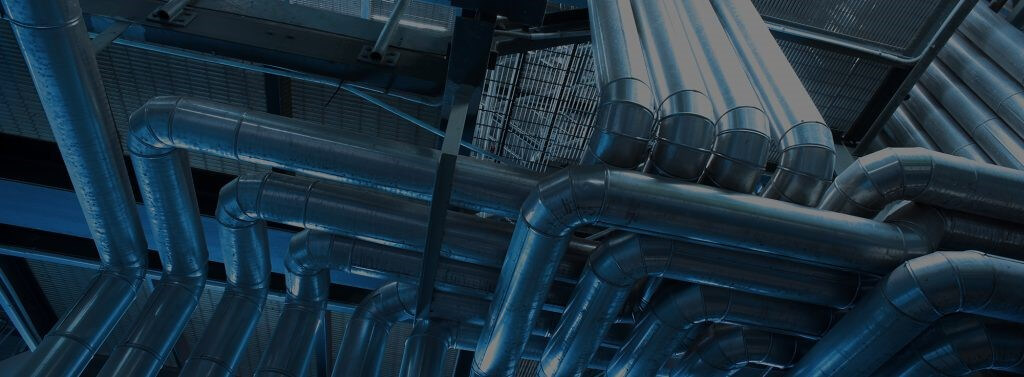The Working Principles of Gas Mixers
Many industrial processes, consumer applications, and academic studies require finely tuned gas mixtures to guarantee their success. These gas mixtures are either batch-produced commercially or generated locally from available pure gas feed stocks as required by the application. In both cases, an accurate gas mixing system is vital for creating a reliable and consistent gas composition for use in the end user’s process.
The Role of Gas Mixers
When it comes to gas mixers, it is important to know the role they play in various applications. An example of this is in recreational and commercial underwater diving outfits both utilise carefully balanced ‘non-air’ breathing gases in their SCUBA tanks. These mixtures are used to improve the divers’ respiration physiology while underwater and combat the risk of decompression sickness. The role of the gas mixers are to feed the compressors that fill breathing gas tanks with an oxygen enriched breathing gas, known as Nitrox or EAN. While 32% O2/68% N2 (EAN-32) is in widespread use, higher O2 percentages are often useful for specific applications. It is not uncommon for commercial diving operations to have air separation plants (typically a pressure swing adsorption ‘PSA’ system) on-board, so that the custom Nitrox blends may be generated right on the boat.

In the industrial sector, gas mixers are most used to facilitate welding or cutting processes. Both metal inert gas (MIG) and tungsten inert gas (TIG) welders use a wide variety of inert and active gas mixtures, depending on the thickness and composition of the workpiece. While the most common mixtures for the MIG process are a blend of argon (Ar) and carbon dioxide (CO2), the ideal ratios for any given alloy or thickness can vary and this is often subject to debate. If multiple commercial blends are needed for process development, the logistics can become complex and cost a lot of money. Modern fabrication plants solve this problem by using in-house gas mixers as they can provide variable, precise multi-gas mixtures at controlled pressures or flows.
Gas mixers also have a place within the food industry to help prolong the shelf lives of perishable goods. This happens by controlling the gas composition within modified atmosphere packaging (MAP). Dozens of commonly used MAP gas mixtures are produced on-site from pure gas feed stocks. The use of a carefully controlled high pressure distribution network means that individual packing stations can save money, and has increased flexibility to easily switch from one type of food packaging to another on the same production line.
Process development or scientific research laboratories will never know what gas mixtures they might need. They can be required to wait for a commercial producer to provide a custom mixture which extends their R&D timelines to an untenable degree. Having a small, open-ended gas mixing systems becomes vital for creating the blend du jour.
How Do Gas Mixers Work?
Gas mixers generate a controlled amount of each constituent gas to form the desired blend. Commercial gas suppliers of high-pressure gas cylinders have several different ways to achieve this. Some of these methods include partial pressure volumetric mixing, gravimetric mass fraction blending, pressure-swing/membrane reduction mixing, and precision mass control additive blending.
Mass flow control (MFC) additive blending is the most advanced gas mixing technology available on today. A mass flow controller automatically regulates a gas flow to achieve a commanded flow rate. Ideally, this would be accomplished by ‘counting molecules’. However, the closest one can come to this ideal, is to use volumetric units of measure over time corrected to standard conditions of temperature and pressure. This is known in the industry as ‘Mass Flow’. This is a ‘true measure’ of gas flow, as the mass of the gas stream will not be impacted by ambient pressures or temperatures, unlike volumetric measurements. The result is a more quantitative measure of control for precise gas blends.
Gas mixers that include mass flow controllers can be further broken down into different categories (differential-pressure or thermal-based). In either case, a gas flow sensing element is combined with a proportional control valve and a computational element. This allows for the manipulation of mass flow rates within the gas mixing system. This principle is true whether the sensing unit is a set of piezo-resistive transducers or a capillary tube thermal sensor. With a high speed, closed-loop feedback system, modern MFCs can precisely adjust the individual gas streams which are then combined to create the desired mix ratios.
Fusion Flow Technologies MXM Gas Mixers
Fusion Flow Technologies has designed a proprietary range of gas mixers using the world’s fastest Mass Flow Controllers on the market. These differential pressure-based mass flow controllers far surpass their thermal counterparts in terms of speed of response and usable flow range. Results are an accurate and reliable for gas blending process. They also have the ability to precisely control flow and pressure without ancillary components.
Fusion Flow Technologies produces a range of gas mixing solutions with its ‘MXM’ platform, with a variety of user-specific features engineered to meet each customers’ unique needs. These are fully customisable systems that can be configured to accommodate as many as ten different gas channels, with built-in support for over 100 common pure and mixed gases per channel and the ability to accept bespoke pre-mixed gas blends a well.
If you would like to learn more about the Fusion Flow Technologies MXM gas mixing solution, contact a member of our sales team today!
To Find Out More |
|
